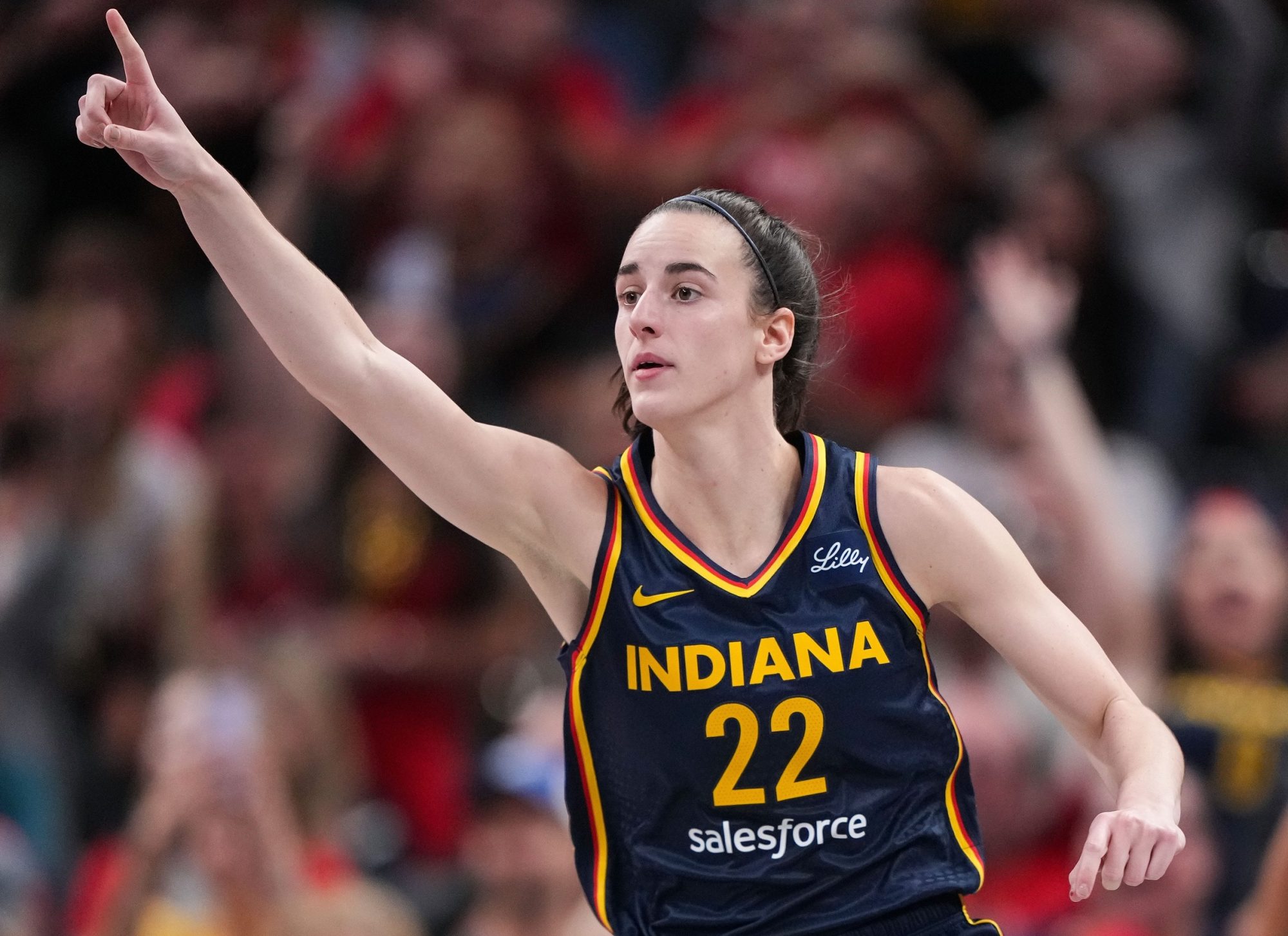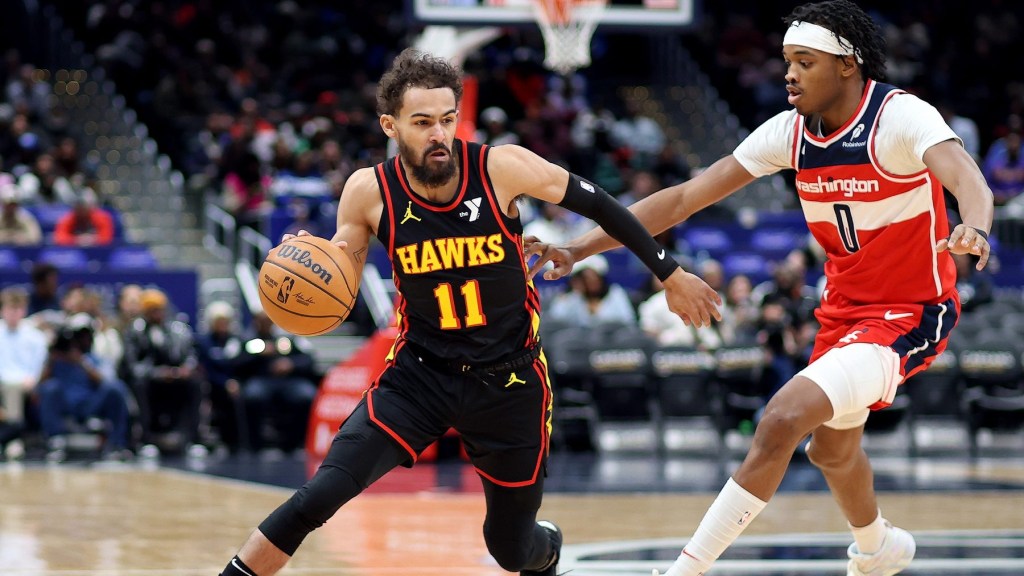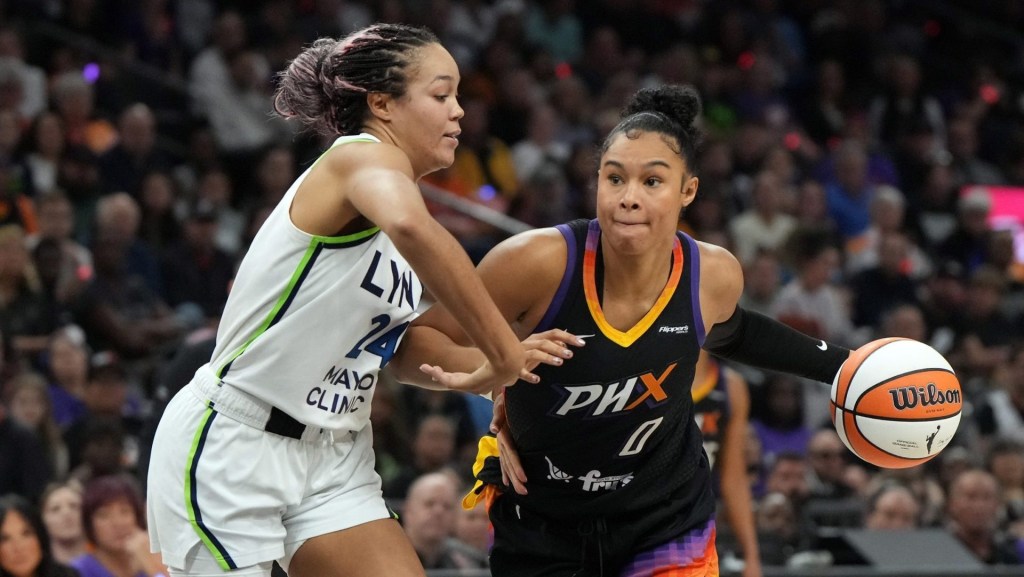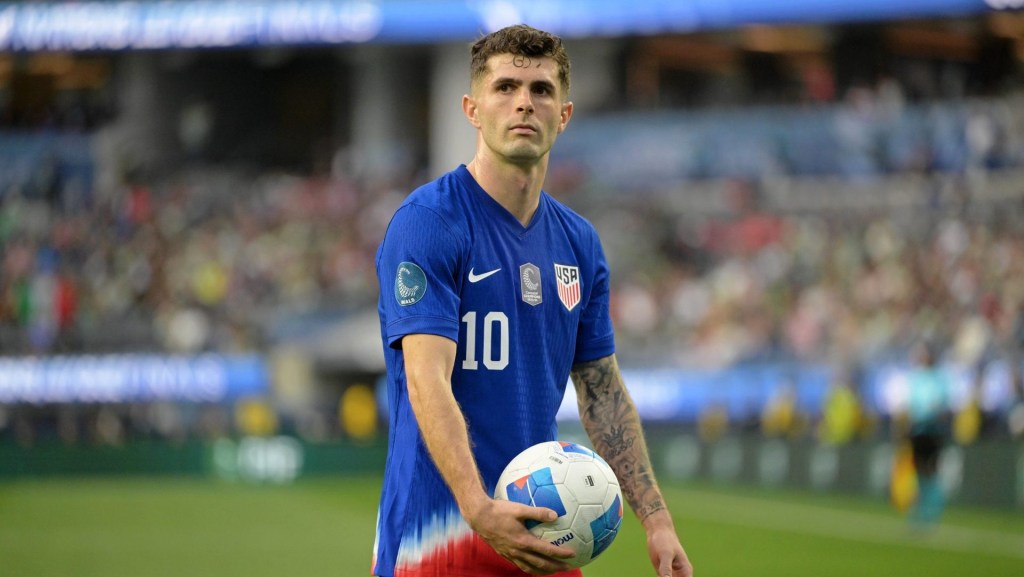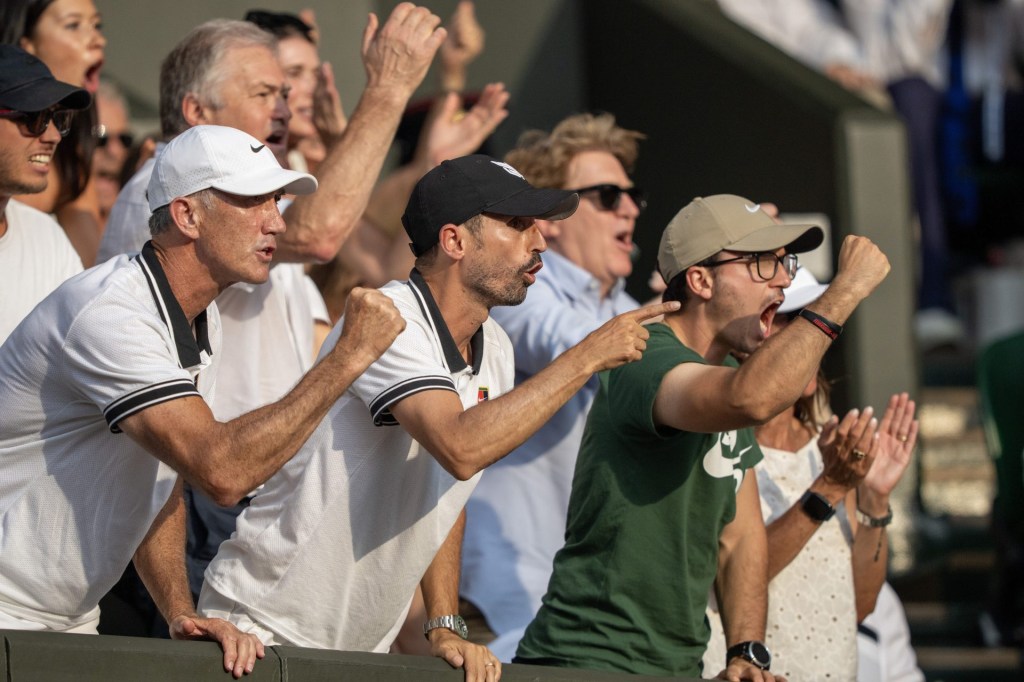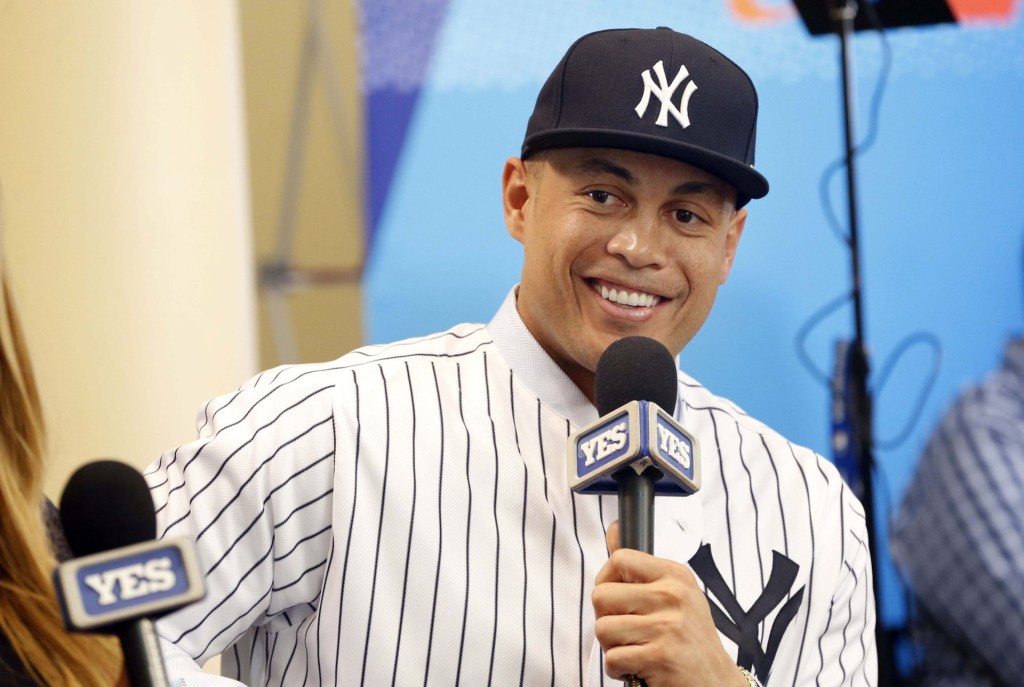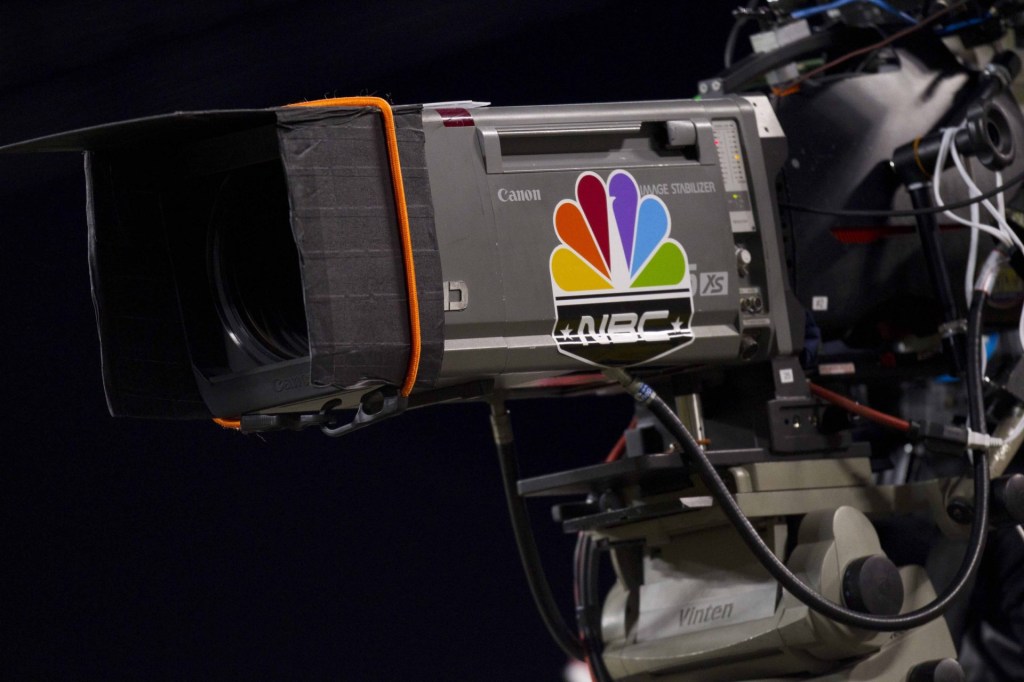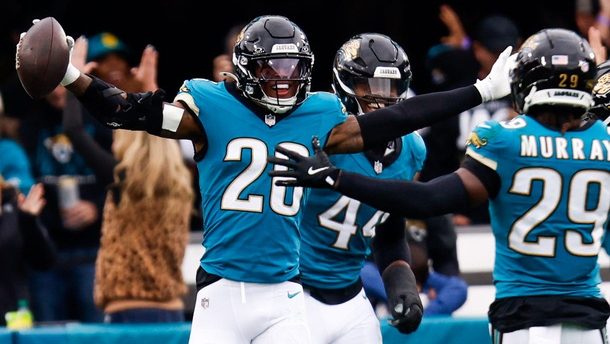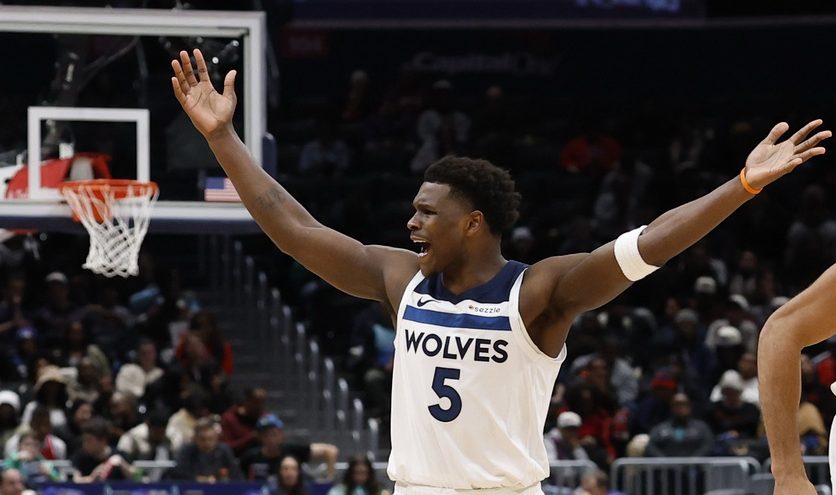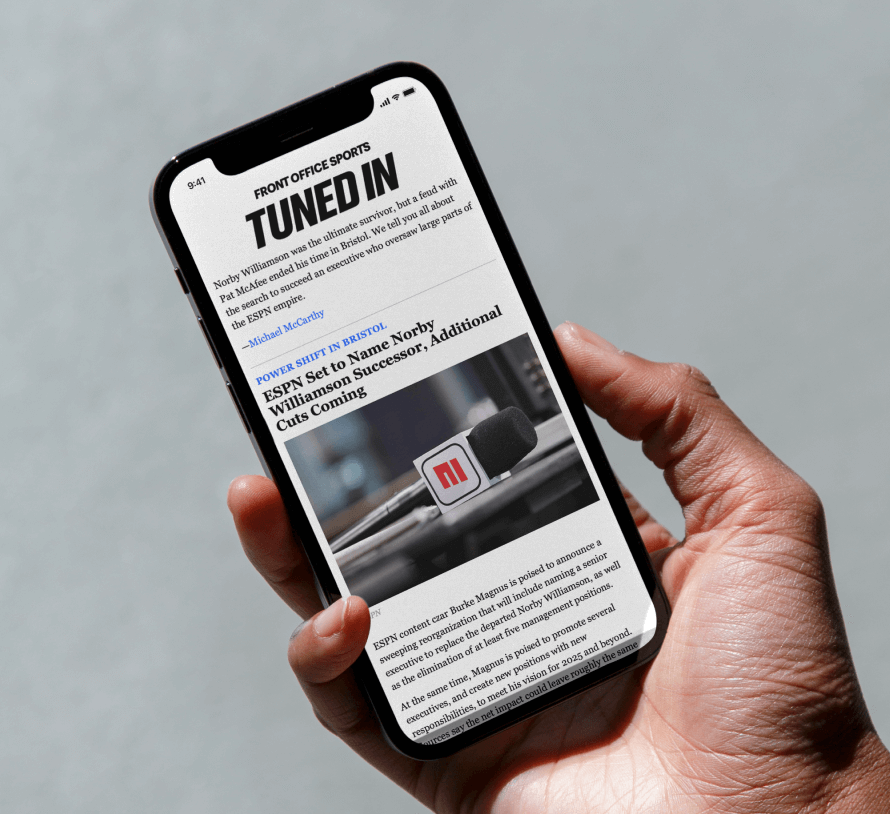When Brian Lawlor was hired as the president of the new Scripps Sports at the end of 2022, he had a problem. His company had a widely available over-the-air network, Ion, and no sports on it. As he embarked on setting a strategy, he saw that Scripps’s problem could be a solution for some sports leagues.
“Other than the NFL, most leagues have a reach problem,” he told Front Office Sports senior writer Michael McCarthy on Tuesday. “They struggle to reach the masses.”
And here he was with a channel that, theoretically, was on every television in the country.
The rights for major men’s leagues were already “gobbled up,” he said at the Tuned In sports media summit in New York. So he pitched Scripps’s newly formed board on a different strategy in November 2022. “We think we have a platform that will solve reach problems” for leagues, he recounted. With the board sold, he struck a deal with the NBA for Friday night WNBA games on Ion.
A year later, that paid off spectacularly, with the explosion of interest in the WNBA thanks to the rookie class led by Caitlin Clark.
“We suddenly looked smart,” Lawlor said of Clark joining the league. “I’d never sat in front of the board and said, Caitlin Clark’s coming and it’s gonna be a game-changer.”
WNBA ratings have surged with Clark on board, and advertisers have flocked to rights holders as a result.
“We got to the point where there was almost more demand than we had supply,” Scripps’s chief revenue officer said in an interview published by Ad Week on Monday. “I think we did a really good job of accommodating every advertiser that wanted to be part of it. However, the demand was a bit overwhelming, which was a good thing.”
When the NBA was negotiating its new $76 billion media-rights deal—which ultimately included up to $3 billion for the WNBA—Lawlor was slightly worried about competing with giants like Disney and Comcast, he said.
“Everything I’m reading says you’re going to deal the WNBA rights along with this,” he told the league. “Where do we stand? We’re obviously not going to be bidding against [Comcast] for the rights.”
The league assured him, he recalled, that “the audiences you’re bringing now are huge.”
The giants—Amazon, Disney, Comcast—still ended up with a $2.2 billion, 11-year deal to air WNBA games. But Lawlor was confident that the Fridays arrangement would continue in some form.
“We have a little bit of work to do—I’m guessing we’re going to have to open up the wallet a little bit more,” he said. “But yeah, I would expect that we’ll have a long-term relationship with them.”
